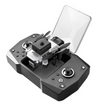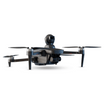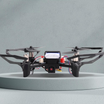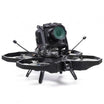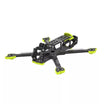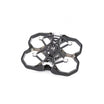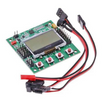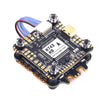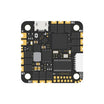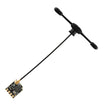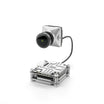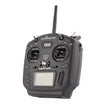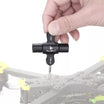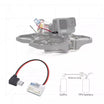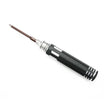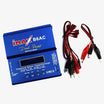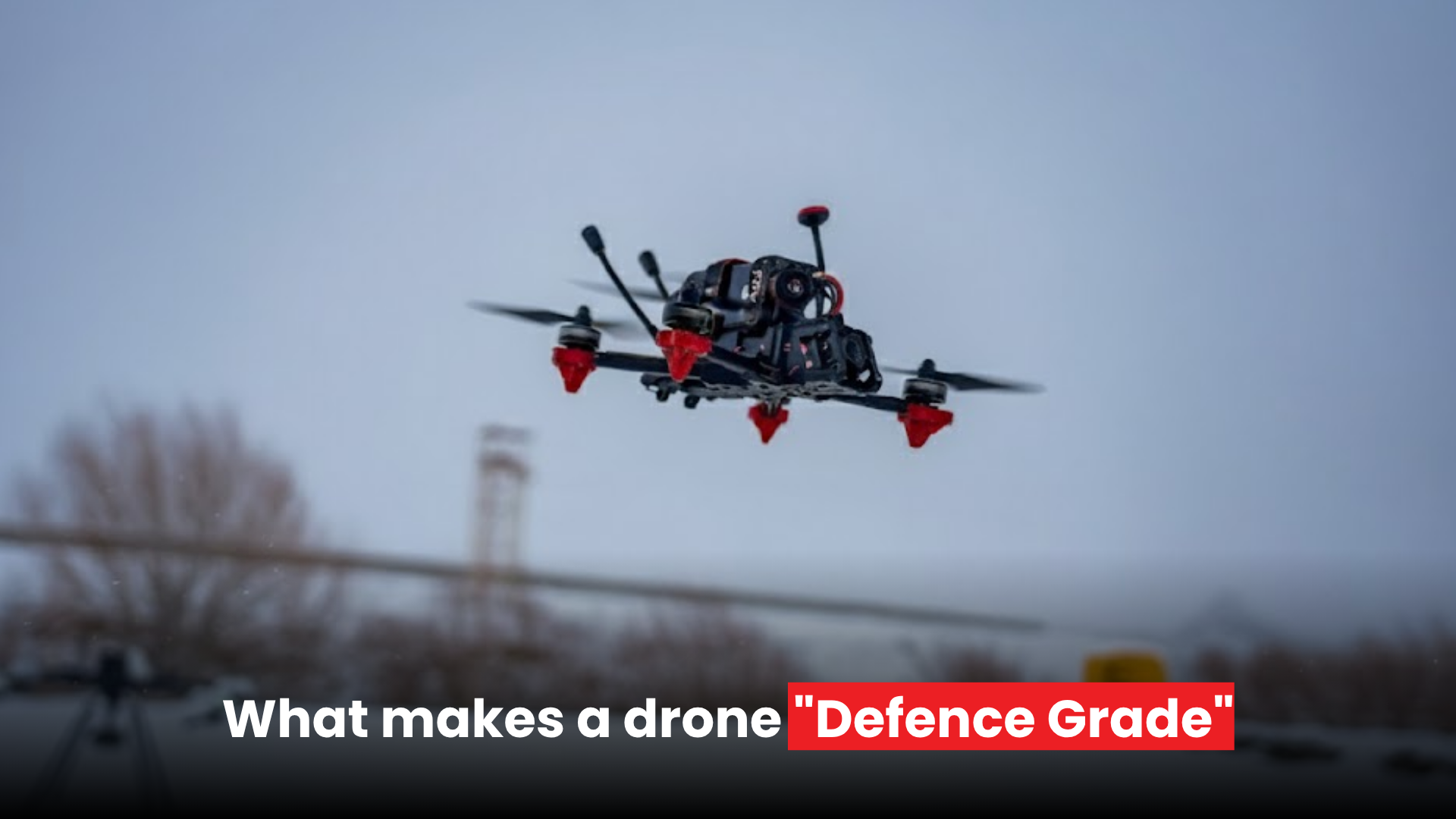Modern warfare is no longer confined to tanks and trenches. From Ukraine’s skies to the Indo-Pacific’s contested waters, drones are redefining what dominance means on the battlefield. The Indian Army has recognized this shift and is now undergoing one of the largest technological transformations in its history, one driven by indigenous drones.
The goal is clear: saturate the battlefield with thousands of intelligent, homegrown UAVs that can provide real-time intelligence, precision strikes, and logistical support.
The move signals a massive shift toward self-reliance and battlefield innovation, with the Indian Army envisioning 8,000 to 10,000 drones per corps.
Learning from Operation Sindoor
The urgency of this transformation stems from hard lessons learned during Operation Sindoor, a four-day clash with Pakistan in May 2025. During the operation, Pakistani drone swarms jammed GPS systems across a 150-kilometer radius, exposing the Indian Army’s dependence on imported drone components, nearly 70% sourced from China.
In response, Chief of Army Staff General Upendra Dwivedi unveiled a sweeping modernization plan aimed at strengthening India’s drone ecosystem from the ground up.
“We are transforming into a modern, future-oriented force,” he declared, emphasizing that drones are no longer support tools but essential force multipliers.
Also read: Operation Sindoor and the rise of drone warfare in India
The Battalion Overhaul: Drones Take the Frontline
At the core of this transformation lies a fundamental restructuring of infantry battalions. Traditionally manpower-heavy, these formations will now embed dedicated drone platoons of 30 to 70 soldiers.
These teams will specialize in:
-
Swarm operations
-
Loitering munitions
-
Counter-UAV defense
FPV drones, in particular, are changing how soldiers see and fight. These agile quadcopters beam live visuals to a pilot’s headset, giving them a cockpit-like experience of the battlefield.
As Lt. Gen. D.S. Hooda, a key architect of the reform, described it, “It’s like strapping a soldier’s eyes to the sky.”
This FPV integration means Indian soldiers can now scout enemy positions, conduct precision strikes, or even fly into contested zones without risking human lives, a leap toward smarter, safer combat.
Also read: insideFPV drones earn prestigious recognition from Indian army’s northern command
Indigenous Drone Power: India’s Push for Self-Reliance
With 14 corps under the Indian Army, the total number of UAVs could soon surpass 100,000 units. To meet this demand, India is doubling down on indigenous drone manufacturing, a vision that aligns perfectly with InsideFPV’s mission to create affordable, combat-ready, and high-performance FPV drones.
Here’s how India is powering this transformation:
Massive Indigenous Expansion:
The Army plans to rely heavily on homegrown drone manufacturers to cut import costs and boost self-reliance. This ensures faster production cycles and better control over critical components.
Government-Backed Innovation:
Programs like the Production Linked Incentive (PLI) and Innovations for Defence Excellence (IDEX) are channeling funds into Indian startups building next-gen UAVs that can operate in GPS-denied or jammed environments.
insideFPV is developing FPV drones built for military-grade endurance, capable of handling electronic warfare, high-altitude challenges, and rough terrains without compromising performance.
Also read: insideFPV drones dominate army trials at Babina ranges
Integrating Drones Across the Army
The Army’s modernization is not limited to the infantry. Every arm of the force is getting its share of drone integration.
Corps of Electronics and Mechanical Engineers: Introducing drone repair and maintenance sections for on-site fixes.
Logistics Units: Using utility UAVs to deliver supplies to forward posts in regions like Ladakh, where terrain limits conventional access.
Specialized Formations:
-
Bhairav Light Commando Battalions: 250-strong elite units with FPV overwatch for rapid raids.
-
Rudra Brigades: Integrating mechanized infantry, special forces, artillery, and drones for unified multi-domain operations.
-
Divyastra Batteries: Pairing kamikaze drones with artillery for deep precision strikes.
-
Shaktibaan Units: Pure drone-strike formations focusing entirely on unmanned combat.
This holistic approach ensures every level of command can access real-time aerial intelligence and strike capabilities, something traditional warfare could never achieve.
Overcoming the Challenges
Building a drone-saturated army comes with its share of challenges: limited R&D funding, manpower shortages, and regulations restricting beyond-visual-line-of-sight (BVLOS) operations. Yet, the momentum toward indigenous innovation continues to grow.
The Army Design Bureau, led by Maj. Gen. C.S. Mann, is developing procurement frameworks to strengthen local supply chains and reduce foreign dependencies. Simultaneously, the Defence Research and Development Organisation (DRDO) is pivoting from older projects like Nishant and Rustom to lighter, soldier-portable UAVs.
InsideFPV stands proudly aligned with this mission, creating advanced FPV drones that empower the soldiers of tomorrow to see farther, strike smarter, and stay safer. The future of warfare is here, and it is undeniably made in India.
Frequently Asked Questions
Why is the Indian Army focusing on drones now?
Recent conflicts and Operation Sindoor highlighted the importance of drones in modern warfare, pushing the Army to prioritize UAV integration for intelligence and combat.
What is FPV drone technology?
FPV (First Person View) drones allow pilots to see through the drone’s camera in real time, providing an immersive cockpit-like experience for precision control.
How many drones will the Indian Army deploy?
The Army aims for 8,000 to 10,000 drones per corps, potentially exceeding 100,000 units across 14 corps.
What challenges does India face in drone manufacturing?
Key challenges include dependence on imported components, limited R&D funding, and evolving regulatory frameworks for advanced drone operations.

